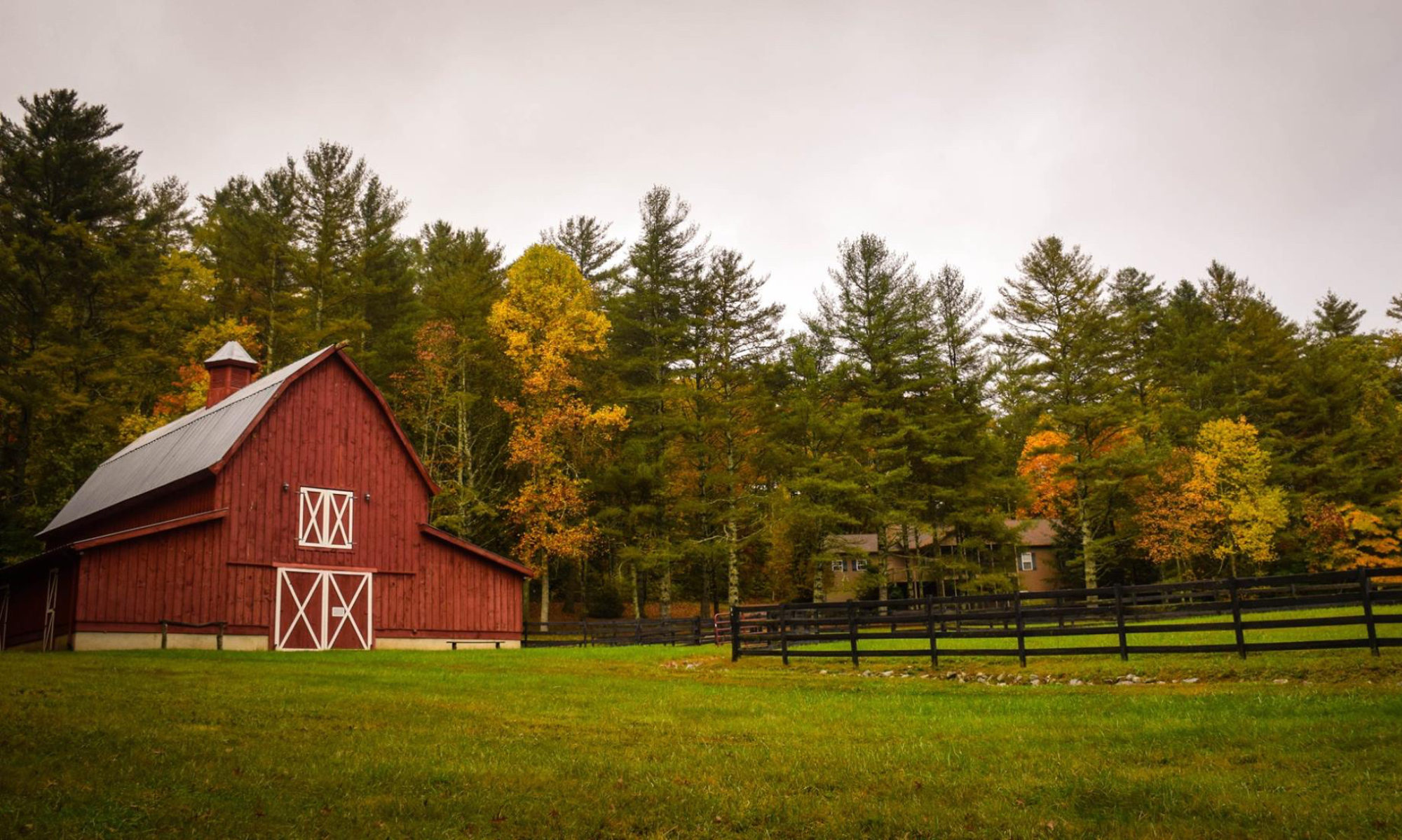In many major national stories (Katrina, Iraq, etc) there is an untold rural angle. The national jump in gas prices is no different. In fact, for many rural families the problem is compounded by longer than typical drives and lower than typical incomes.
The Christian Science Monitor picks up the story of doctor visits forgone, meals skipped and presents unbought as a result of rising gas prices in the rural United States.
Cheryl Murphy used to drive her Dodge Caravan as often as necessary to see her doctor in Lincoln [NH], 25 miles south of her home here in the sparsely populated “North Country.”
But that was before gas prices spiked, making fuel costs feel like a second co-pay for this single mother of two. Now that gas takes a 20 percent bite out of her monthly $243 check from Social Security, doctor visits have become a luxury out of reach.
“I don’t monitor my health condition as well as I should because I just can’t afford to get there,” Ms. Murphy says. Meanwhile, she’s cut down to one meal per day and has warned her children to expect nothing under the Christmas tree this year.
Ms. Murphy’s quiet struggle plays out far from the public eye. Yet her story is hardly unique in rural America, where wages languish 25 percent below those in urban areas and private transportation is more central to daily life. And with winter just around the corner, costly trade-offs are fast becoming a way of life in places where schools, jobs, and the nearest stores all require a lengthy trip behind the wheel.
A recently released study (pdf) by the Consumer Federation of America reports that households earning less than $15,000 are now spending in excess of 10% of their income on gasoline. Add to that the fact that rural households already spend 50% more on gasoline than their uban counterparts (due to longer drives), and it becomes easy to see that the millions of rural households living in poverty end up significantly more disatvantaged than others.
